
OR
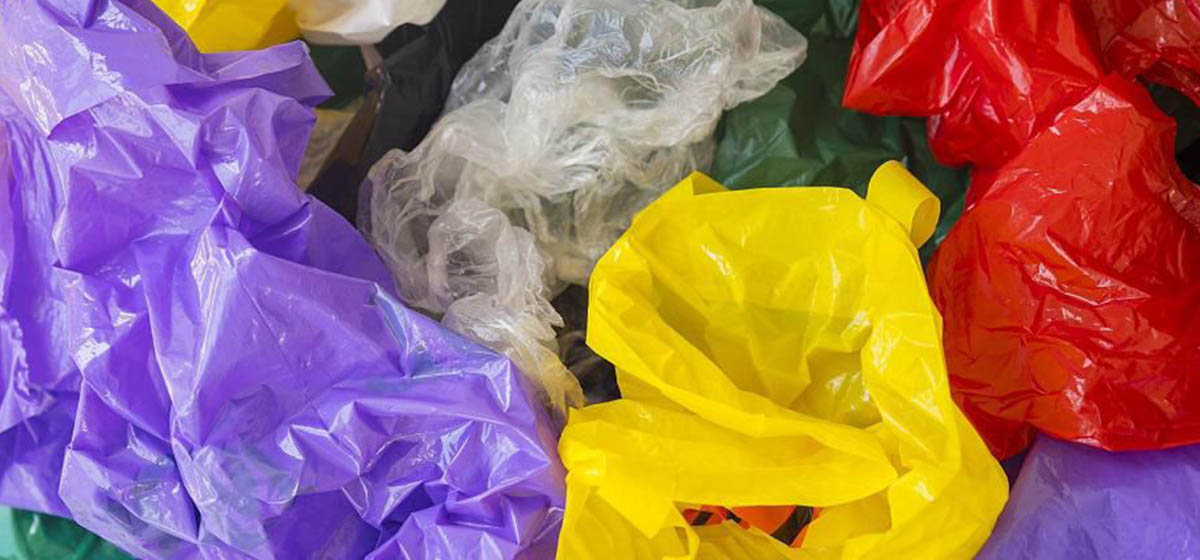
KATHMANDU, August 2: Although the government has banned the use of thin plastic bags, its implementation is weak. Since plastic has a very negative impact on the environment and public health, efforts have been made at various stages to control it, but they have not been successful.
Legal management for banning the use of thin plastic began 20 years ago. It has been revised in various stages. As part of that process, a notice was published in the Nepal Gazette in August last year, banning the production, import, sale, distribution and use of plastic bags thinner than 40 microns across the country. Soon after, the action plan on plastic bag ban-2078 was released in January. The action plan approved by the Council of Ministers had provided for an immediate ban on the use of plastic thinner than 40 microns.
Due to lax monitoring because of Covid-19 contrary to the policy, the department recently issued a notice to all concerned to implement this decision, stating that there has been an increase in the production and use of plastic bags thinner than 40 microns in recent days and that the action plan has not been effectively implemented.
The Environment Department under the Ministry of Forest and Environment is preparing to strictly implement the provisions of the ban from August 17. "As the policy and decision of the government to ban plastic bags is being prepared to be implemented more strictly in the coming days, the department has requested all concerned not to produce, import, sell, distribute and use plastic bags thinner than 40 microns," the notice states. The department has said that from August 1, it will strictly monitor the production, import, sale, distribution and use of plastic bags thinner than 40 microns and will take action according to the Environmental Protection Act, 2076 and Environmental Protection Regulations, 2077 if anyone is found violating the government's decision.
The action plan provides for a 19-member central monitoring committee under the leadership of the chief secretary of the government, a provincial monitoring committee coordinated by the chief secretary of the office of the chief minister and the council of ministers at the provincial level, and a five-member local monitoring committee coordinated by the deputy mayor and vice president at the local level. Shankar Prasad Poudel, spokesperson for the Environment Department, says that this ban will be strictly enforced.
"The support of everyone, including entrepreneurs and common people, is expected for this matter of public concern," he says.
Also, from 2000 April, the Ministry of Industry, Commerce and Supplies made a provision that when producing plastic bags, the thickness of plastic bags should be more than 20 microns. Eleven years later, in 2011, the regulation and control guidelines for plastic bags were issued for the smooth implementation of the same system. The directive banned the import, storage, sale, distribution and use of plastic bags smaller than 20 microns. The implementation of the provisions of this directive has also been disappointing. In 2014, this thickness was increased to 30 micron for outside the valley and 40 micron for the valley.
The production, storage, sale, distribution and use of plastic bags smaller than 20 inches wide and 35 inches long and thinner than 40 microns was banned in the Kathmandu valley after being published in the gazette on 18th Chait 2071 and effective from April 14,2015. But due to the devastating earthquake that occurred the same year, this rule could not be strictly implemented.
Science and scientific concern
As plastic bags are non-biodegradable in nature, they last longer in our environment. The gas emitted by burning plastic material destroys the ozone layer and also has an adverse effect on climate change. Based on the current rate of plastic production in the world, it is estimated that single-use plastics will contribute 5 to 10 percent to greenhouse gas emissions by 2050. According to a study conducted by Minderoo Foundation in Australia in 2021, one-third of the total plastic produced in the world is single-use plastic.
When plastic remains in the environment for a long time, it changes into microplastics and it harms the human body through food sources. Rameshwar Adhikari, professor of chemistry at Tribhuvan University (TU), says that plastic that is one-hundredth the thickness of a human hair is called microplastic. By the end of 2015, out of the total 8.3 billion tons of plastic produced in the world, 6.3 billion tons have been used. In 1950, two million tons of plastic was produced, but by 2015, it had increased to 380 million tons. Microplastics have even been found in the sea ice of Antarctica. Likewise, plastic has been found in the stomachs of animals living at the bottom of the sea and in drinking water around the world. Because of the excessive presence of plastic, some researchers have argued that plastic should be included in the geologic index of the current Anthropocene era.
Coordinator of Environmental Health of Nepal Open University Dr Yadav Joshi says that plastic is very dangerous in terms of environment and human health. "Our role is the most important in using plastic to affect the land, biodiversity and ecosystem," he says.
Complaints of plastic manufacturers
Santosh Kumar Sedhai, General Secretary of Nepal Plastic Producers Association, complains that the industry has been affected when the government repeatedly changes the conditions regarding the thickness of plastic. He argues that recycling of plastic is an important solution rather than destroying the industry that employs thousands of Nepalis and has invested billions of dollars. Arguing that the raw material worth about 5 billion rupees is imported for the production of 20-micron thick plastic, and that it will increase to 40 billion rupees when 40 micron is made mandatory, he says, "The plastic we use for bag production is reusable. The problem lies in the plastic used in the packaging of lays, kurkure and noodles. We are being targeted in the name of the environment.
"Government, Nepal Plastic Producers' Association and industrialists together can make dustbins, sewer pipes, garbage bags, wiring pipes, bricks, etc by establishing a recycling plant for waste management of plastic bags and can be proved that plastic is not waste," says Sedhai.
Also, under the action plan, the government has arranged to give capital subsidy to the industry which is upgraded to produce more than 40-micron thick plastic bags. Similarly, there is an arrangement to provide technical support for the installation and operation of new technology machines if requested by the related industries in the action plan.
What is the solution?
Professor Rameshwar Adhikari who has studied the polymer used in plastic manufacturing, argues that industrialists should be given time and options as plastics are interdependent with daily life. He believes that the government should invest in the research related to making biodegradable plastic and to end the situation of having to import raw materials for plastics from outside, the raw materials available in Nepal should be searched for. "Polymers can be made through chemical processes using plant leaves and bark," he says.
Discussing the fact that even bricks are made from plastic in Italy, Nepal Open University's Dr. Joshi says, “Not only thin bags, we should also pay attention to the management of large plastic used in food packaging. Attention should be paid to making other goods by reusing plastic.” He adds, "Government efforts to prohibit the use of plastic are not enough and for this, the awareness of consumers and the certainty of alternative arrangements are equally indispensable."
You May Like This
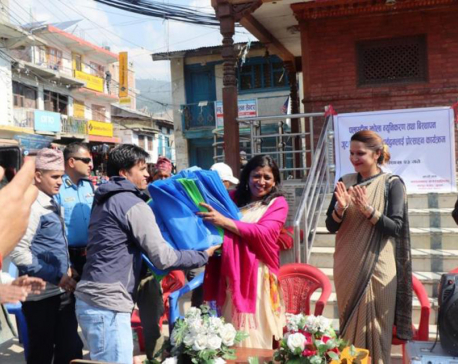
Chandannath Municipality bans plastic bags
JUMLA, May 7: With the aim of reducing environmental and health hazards, Chandannath Municipality in Jumla district has banned the... Read More...
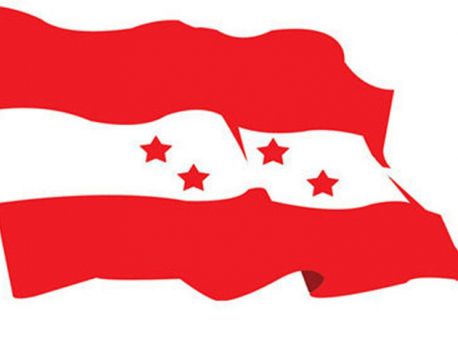
Ban on Chand-led group’s activities is weakness of government: Nepali Congress
KATHMANDU, Mar 13: The main opposition Nepali Congress has said that the decision taken by the government to ban the activities... Read More...
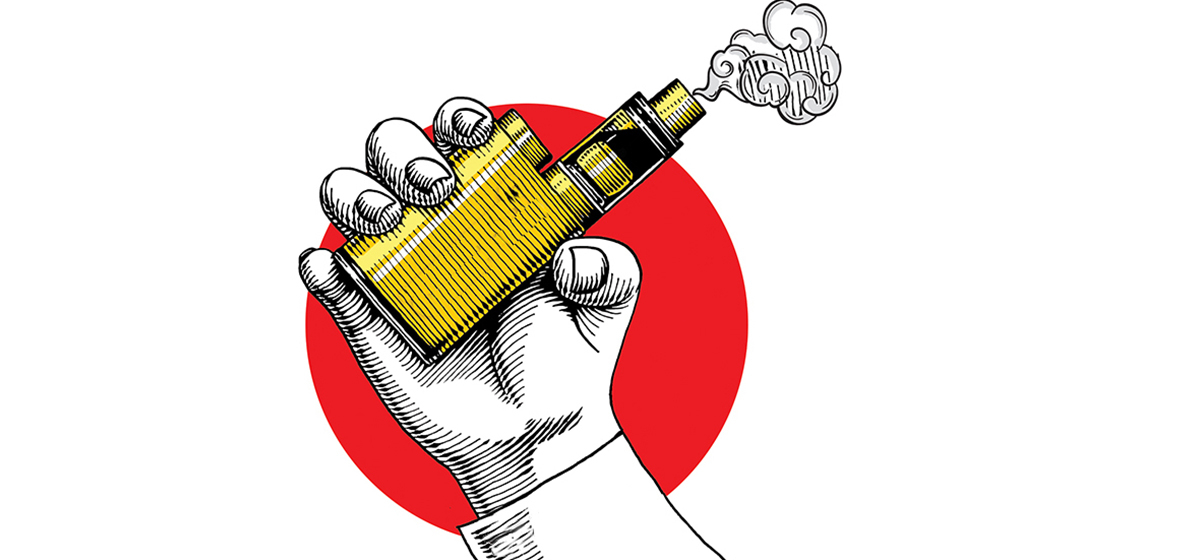
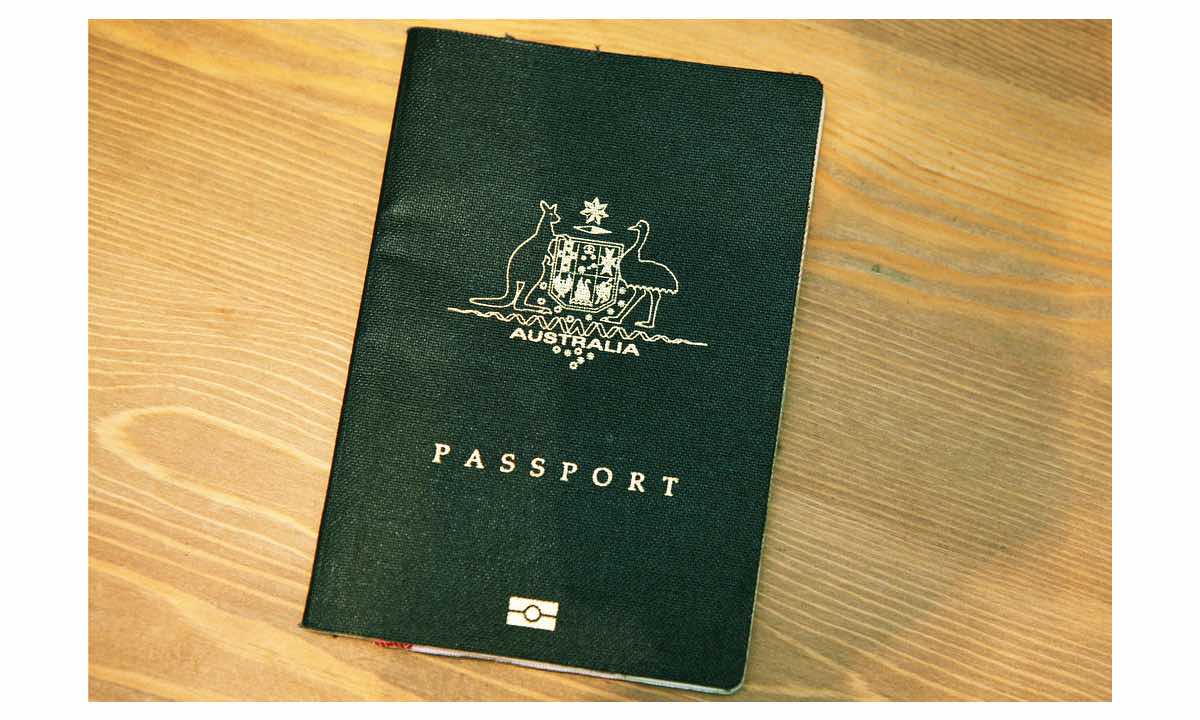
_20240508123602.jpg)

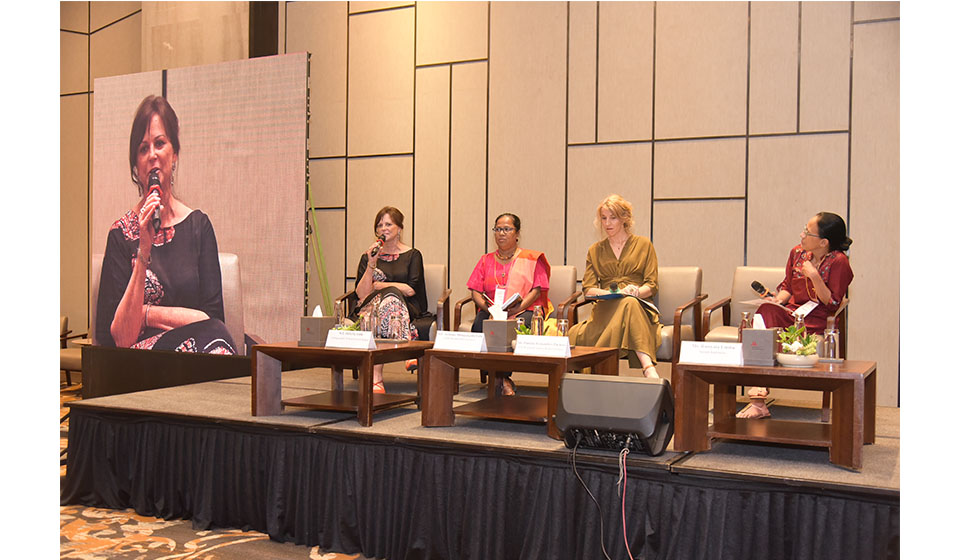
Just In
- Expedited Labor Approval: Each employee now serves 84 applicants daily
- Education ministry directs govt teachers to return to work except those undergoing treatment for severe illnesses
- National seminar explores ways to integrate feminist foreign policy into Nepal's diplomacy
- Nagarik Chautari: Financial literacy vital for eliminating poverty (With Pictures)
- 414 climbers receive permission for climbing Mount Everest this season
- Civil society group demands removal of President’s Advisor Nepal over comments on new banknote featuring new Nepal map
- 27 people die in incidents of fire, forest fire and lightning in last 24 days
- Fake license distribution case: Former computer operator at DoTM arrested




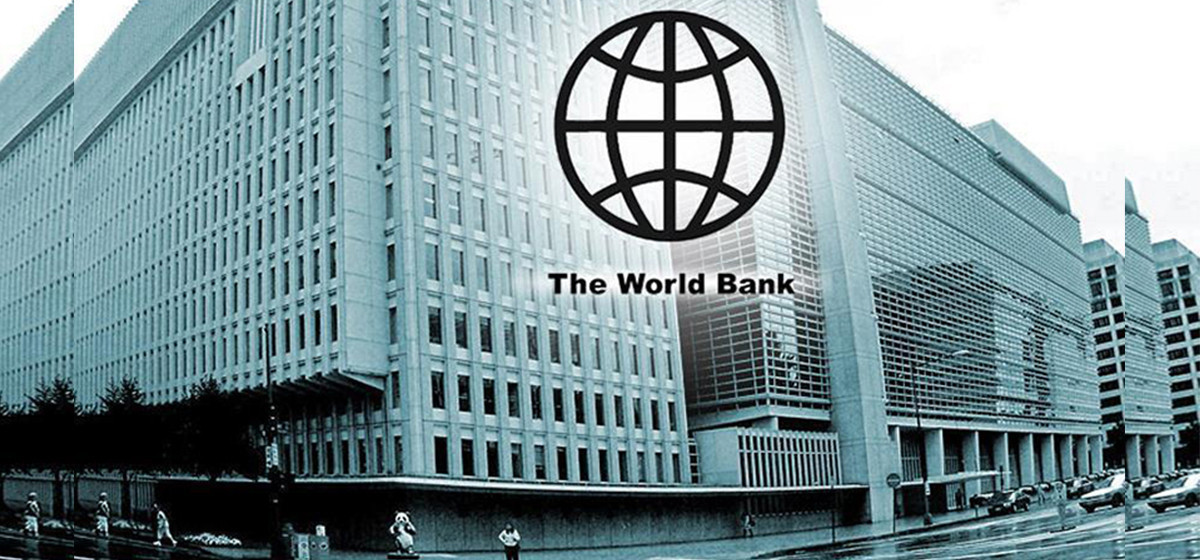
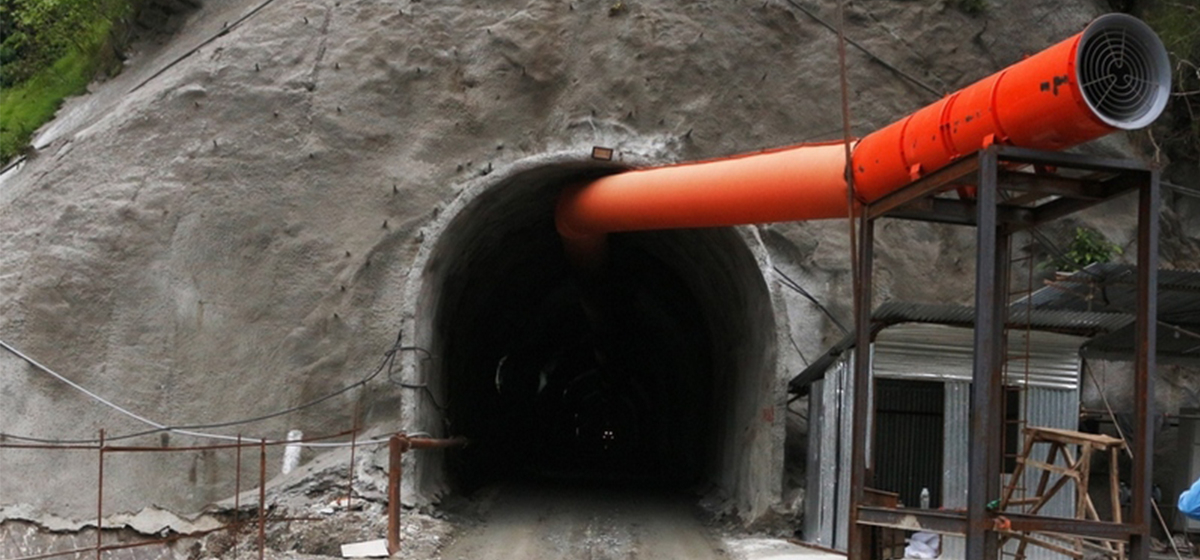
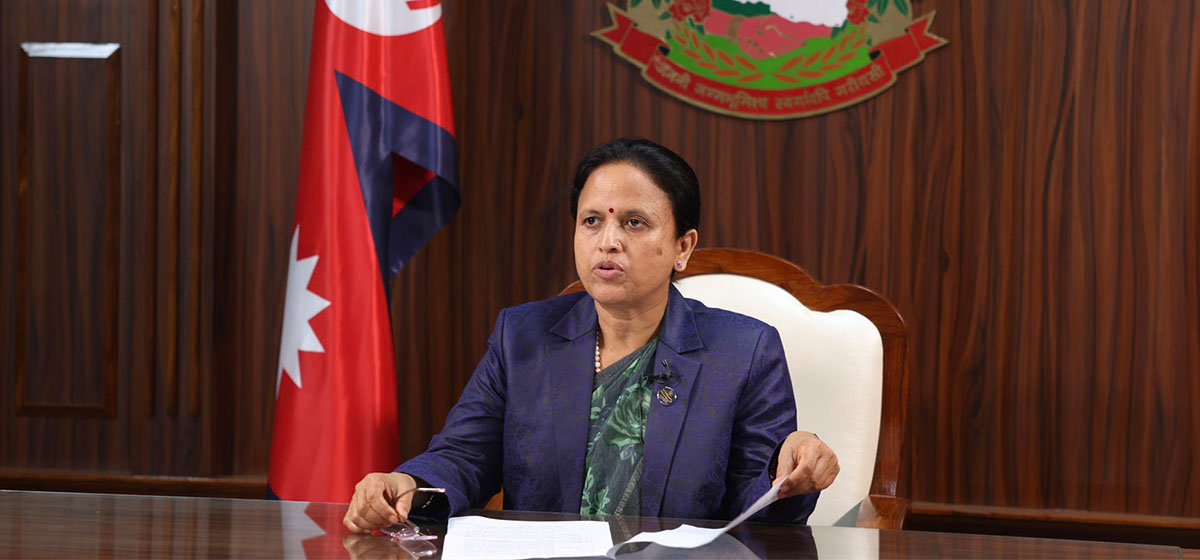
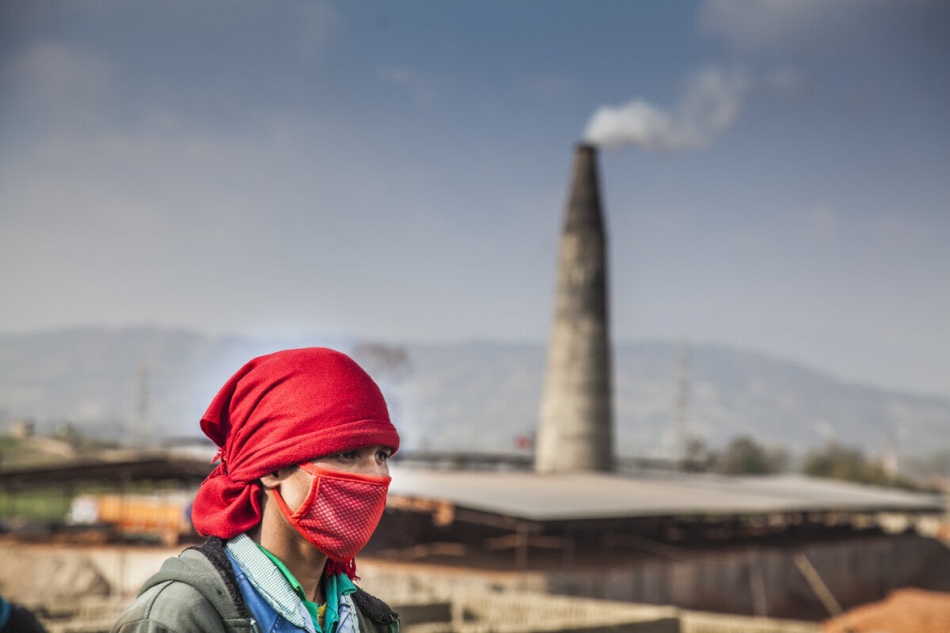
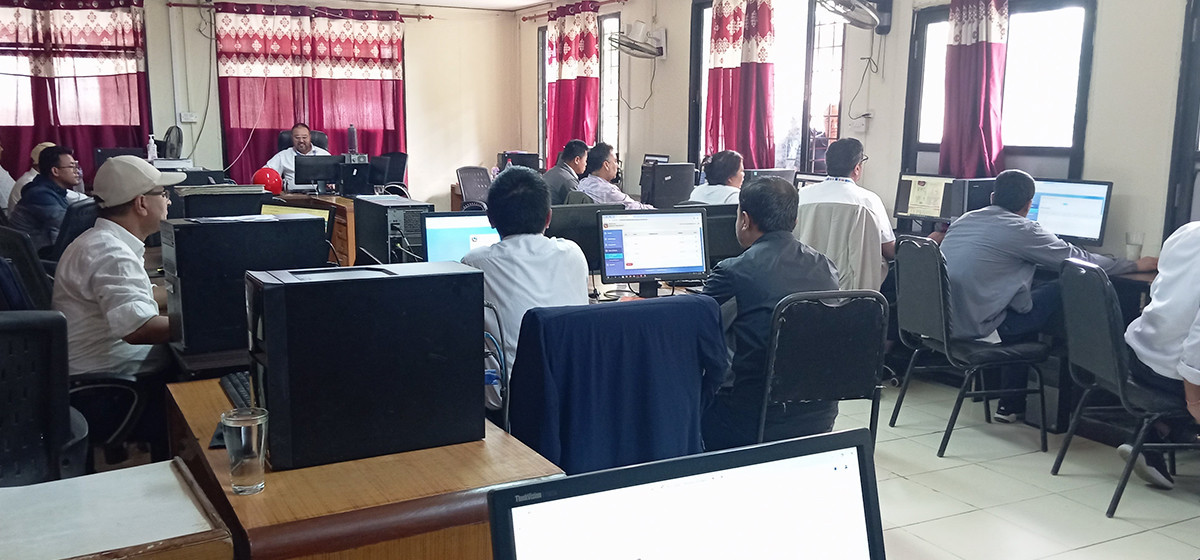
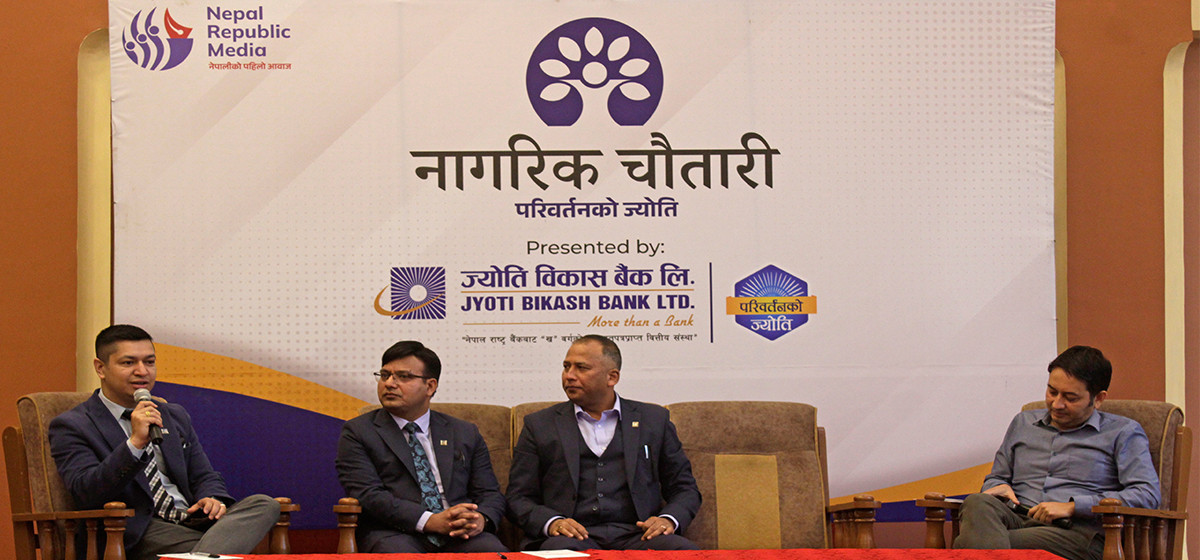

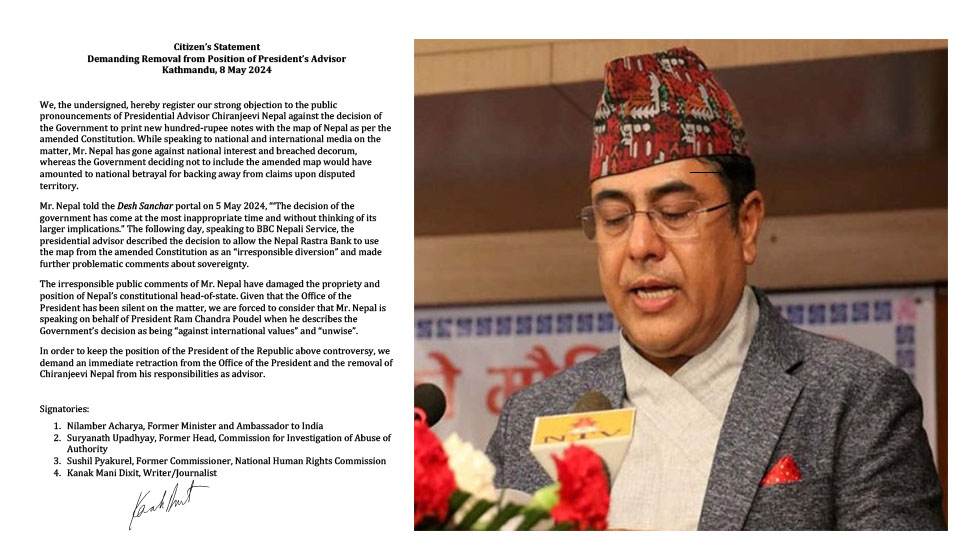


Leave A Comment